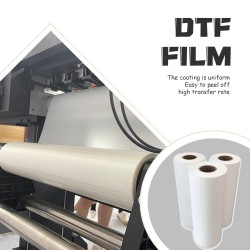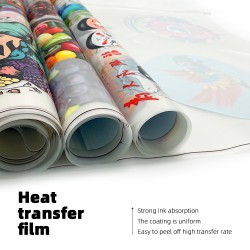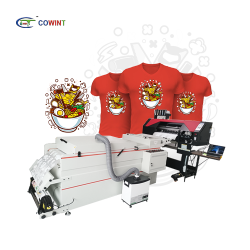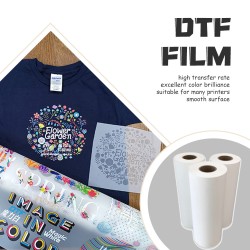At 15:40 on March 23, the Shenzhou 13 astronaut crew cooperated with each other to conduct the second lesson of Tiangong Class. During the orbit, the astronauts also brought the traditional and unique handicraft of Chinese folk - tie-dye to the space station. Let's take a closer look at the details and mysteries of space tie-dye.
Astronaut Wang Yaping said: "Hello, classmates, I am Wang Yaping, a space teacher. Last time I taught space, I showed you the effect of surface tension of liquids in a weightless environment. Everyone saw that pure water can be used in a weightless environment to make things that are impossible on the ground. The big water polo. Today I want to show you another interesting phenomenon. This phenomenon is also related to an intangible cultural heritage of our country. Please observe carefully.”
Wang Yaping first demonstrated the obvious difference between twisting the towel in space and the ground, the magical phenomenon of water adhering to the hand under microgravity, and explained the capillary adsorption, which paved the way for the introduction of tie-dyeing techniques.
Wang Yaping said: "Here I would like to introduce to you an intangible cultural heritage of ours - tie-dye. Tie-dye, also known as tie-dye, tie-dye, is a traditional and unique dyeing process. Generally speaking, it is divided into tie-dyeing. and dyeing two parts."
Next, the long-awaited tie-dye demo begins. Wang Yaping first used yarn, thread, rope and other tools to tie, sew, tie, embellish, clip and other operations on the fabric to keep the tied part in the original color, and then dye the fabric with dyes such as isatis root.
Wang Yaping said: "The method of tying directly affects the pattern of the final work. It is a key step. Different tying methods can produce different tie-dye patterns. Guess what kind of pattern I will tie in a while?"
ng Yaping said: "Next, we prepare the dye. This is the Isatis root dye powder for tie-dyeing. After mixing it with water, it is the dye we will use."
After the dyeing is completed, the restraint part is disassembled, and a tie-dye work that is elegant, natural and rich in layers is formed. Tie-dye has a long history and has been very mature as early as the Eastern Jin Dynasty. Tie-dye products were widely used in women's clothing during the Southern and Northern Dynasties, and tie-dye textiles were very popular during the Tang and Song Dynasties. In 2006, the tie-dye technique was approved by the State Council and was selected as a national intangible cultural heritage. The space tie-dyeing gave the students a feast for the eyes, and at the same time they also learned more about the traditional culture of the motherland, and witnessed the wonderful fusion of thousands of years of traditional culture and modern technology.
Wang Yaping said: "Look, students, the blue and white tie-dye work is complete! Isn't it beautiful? This is my tie-dye work, and students can try different tying methods to make your unique tie-dye work. Dye your work! Looking forward to seeing your sharing! See you next time!"
 +8615820889696
+8615820889696 Info@cowint.com
Info@cowint.com













